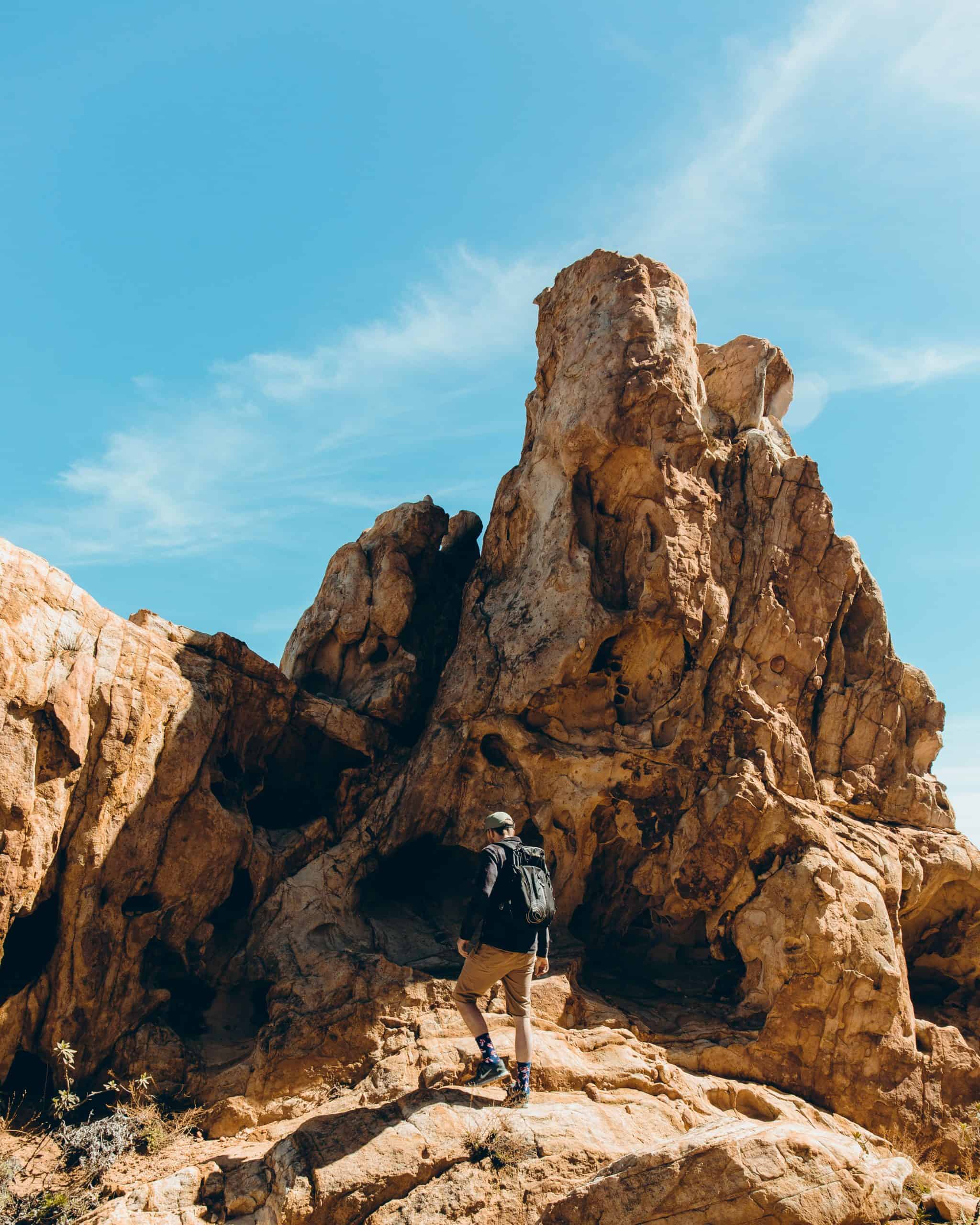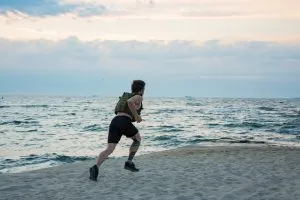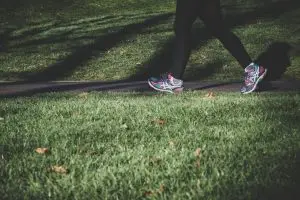Hiking with Lower Back Pain

Although it may seem counterintuitive, one of the best ways to deal with back pain is to work through it. Hiking can be a great physical activity that helps strengthen muscles and improve cardiovascular health—all of which can help ease lower back discomfort. Hiking even helped me deal with my sciatica symptoms. However, there are precautions you need to take into consideration before deciding if hiking is right for you and how to make sure you stay healthy on the trail.
Quick Links
The Gear You’ll Need for Your Hiking Trip
If you are just starting out hiking, then a few pieces of equipment will be essential if you want to be as safe as possible on the trail. Before you hit the trail, make sure you have a pair of high-quality hiking boots or hiking shoes with padded support.
In addition to a good pair of hiking boots or shoes, consider investing in a lightweight hiking backpack and some other handy items such as a walking stick or trekking poles, a first-aid kit, and backpacking hip belts.

Taking the Time to Plan for Your Trip
While it might seem like an impossible task if you are suffering from back pain, planning your trip ahead of time will make everything go much more smoothly. Be as specific as possible about where you’re planning on going and how long you’re planning on being out there. This will help you get the right type of gear needed for your trip.
It will also help you determine how many rest breaks and water or food stops you’ll need to make on the trail.
Preparation is Key
When preparing for your trip, it’s important to prepare your body as well as you can. Before deciding to hike with back pain, consult a physician about your condition and any potential risks. If your doctor doesn’t think you’re healthy enough to hike, then there are still other things you can do to stay in shape before your big outing.
While it might not be the same as hiking long distances, anything that gets your heart rate up and helps strengthen muscles will give you a better chance of having an enjoyable experience on the trail.
Walking is a great way to prepare your body for a hike. If you’re not up for walking long distances yet, try walking around the block. Then you can work your way up to walking longer and longer distances before really getting into hiking shape. You should also be sure to stretch before and after your hike.
When it comes time to head out on the trail, take it slow. Don’t try to set any records for how fast you can hike five miles. Instead, focus on making it through your first mile or two at a more relaxed pace until you are comfortable hiking further distances.
Of course, It’s also important that you bring along some snacks and water to keep yourself nourished throughout the day.

Getting Your Body Ready Before Hitting The Trail
When it comes to hiking, especially if you’re suffering from lower back pain, conditioning is key. Not only do you need to be ready for the physical strain that hiking can put on your body, but you should also have a good level of cardiovascular fitness. The best way to do this is by taking a gradual approach and building your level of conditioning until you’re ready for the trail.
We’ve prepared a short guide on some of the best exercises to get you prepared for hiking. Each of these exercises can be done just a couple of times a week, and for no more than 15-20 minutes at a time.
In addition to this, make sure you have plenty of time to stretch your muscles before hitting the trail. Your lower back is going to need all the flexibility it can get out there on the trail. The best way to do this is by doing some simple stretches before your hike begins.
Making Sure You Have a Back-up Plan
One of the most important things to have on you during any trip into the wilderness is a backup plan. When it comes to hiking, a few different conditions could cause you to become incapacitated and unable to walk out by yourself. This is where a little bit of preparation and planning goes a long way.
Make sure you have the contact information for someone who’s expecting to hear from you at a specific time during your hike. Also, consider bringing some type of survival equipment with you, such as a map and compass, sunglasses, sunscreen, and first aid supplies.
If you start feeling any discomfort in your lower back while hiking, try to find time to stop and rest. Sit down on a rock for a little bit and see if the pain gets better or worse. If it does get better after some time, then you’re probably OK to keep going. However, if the pain gets worse, then you need to start thinking about making your way back to safety as quickly as possible.
Encountering Discomfort on the Trail
If there’s one thing that hikers with lower back pain fear, it’s encountering discomfort during their hike. This can be caused by many different factors, including long days, bad weather conditions, and not being physically prepared. Whatever the cause might be – discomfort is a part of hiking – but it should never stop you from enjoying your trip if you plan things correctly. While there are many things you can do on the trail to ease back discomfort, it’s essential to realize when your body is telling you that something might be wrong. In these cases, it’s best to end your trip early and head back home.
If you’re experiencing pain after a hike is over, then know that this is nothing out of the ordinary. In these cases, a good old-fashioned self-massage with a foam roller can be a lifesaver by loosening up any tight muscles and soothe any existing pain. However, if your discomfort doesn’t go away after multiple days or continues to get worse as time goes on, then it’s best to consult a health professional.

Hiking with Good Posture
One of the best things you can do when you’re hiking with lower back pain is to maintain good posture. I know – a lot easier said than done. But it’s important to remember to stand up straight and not slouch or round your shoulders when you can.
Don’t be afraid to take frequent breaks if you need them. Your body will thank you for it later.
By preparing yourself properly before hiking with lower back pain, adopting good posture while on the trail, and knowing when to turn around if things are getting worse – you’ll have the best chance of enjoying your hike.
If You Have Discomfort After Your Trip
The best thing to do after any strenuous activity like hiking is to take it easy. While it might be tempting to hit the town when you get back from your trip, this is one of the worst things you can do after a long day on the trail. Be sure to give yourself plenty of time to rest up and recover before your next big hike or other strenuous activity—this will help prevent any future discomfort.
Conclusion
The best thing to do after any strenuous activity like hiking is to take it easy. While it might be tempting to hit the town when you get back from your trip, this is one of the worst things you can do after a long day on the trail. Be sure to give yourself plenty of time to rest up and recover before your next big hike or other strenuous activity—this will help prevent any future discomfort.
Take it easy, binge on your favorite Netflix series, and treat yourself to a well-earned massage if your back pain lingers after a few days.
Hiking with lower back pain is not only possible but also rewarding. Not only will you be able to enjoy the fresh air and beautiful nature that hiking has to offer, but have a workout as well – all while taking precautions beforehand, so there’s no discomfort on or after your hike.
Are you ready for your next big hike? If so, just remember, a little planning goes a long way!






